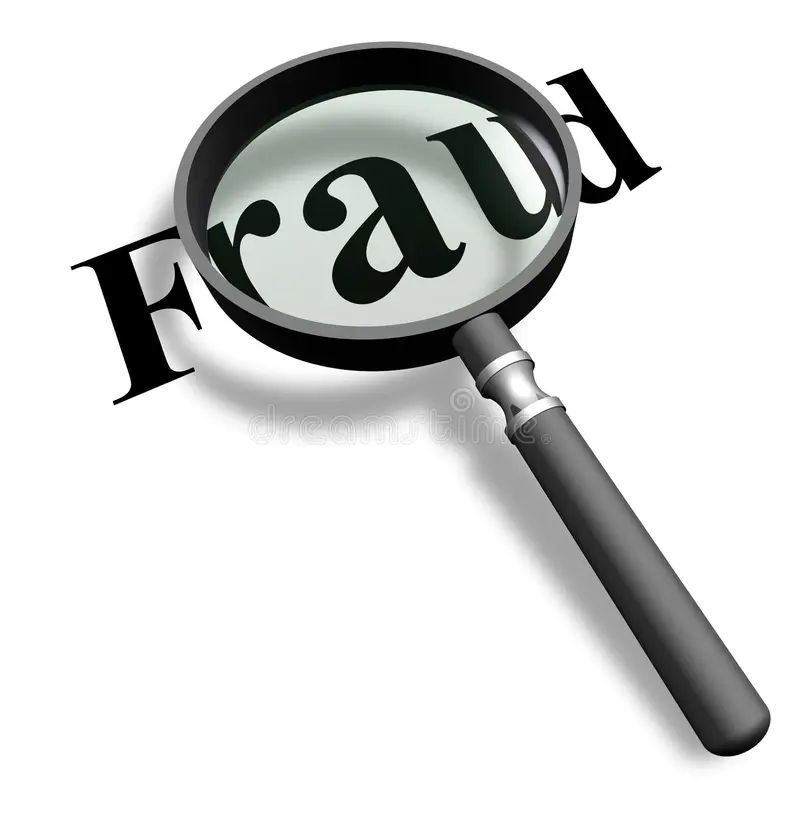Introduction:
Value Added Tax (VAT) is an essential component of revenue generation for governments worldwide. It is designed to ensure a fair and efficient taxation system. However, like any other financial system, VAT is susceptible to fraudulent activities. Common VAT frauds involve deceitful practices aimed at manipulating the VAT system, resulting in significant losses for governments and taxpayers alike. In this article, we delve into the various types of common VAT frauds, their implications, and steps to combat these fraudulent practices.
Understanding Common VAT Frauds
Carousel Fraud
Carousel fraud, also known as Missing Trader Intra-Community (MTIC) fraud, is one of the most prevalent VAT fraud schemes. It involves a chain of transactions in which goods are imported and exported multiple times across international borders within the European Union (EU). The fraudster exploits the VAT system by repeatedly reclaiming VAT on the same goods, creating a false tax refund. This fraudulent practice causes substantial financial losses for governments
How does Carousel Fraud work?
The fraud begins with the fraudster importing goods from another EU country.
The imported goods are then sold to another company within the same country, charging VAT on the sale.
The second company sells the goods to a third company, again charging VAT on the sale.
The cycle continues, with the goods being sold multiple times to different companies, each adding VAT to the price.
Finally, the goods are exported, and the exporting company reclaims the VAT paid on the purchase of goods from the initial import.
The fraudster disappears before paying the collected VAT to the tax authorities, resulting in a significant financial loss.
Missing Trader Fraud
Missing Trader Fraud, also known as VAT Fraud or Default Surcharge Fraud, involves a trader collecting VAT from customers but failing to remit it to the tax authorities. This fraudulent practice typically occurs in a complex supply chain where one or more traders in the chain vanish before fulfilling their VAT obligations. This results in a loss of revenue for the government and potential financial burden on innocent businesses that have unknowingly engaged with the fraudulent trader.
How does Missing Trader Fraud work?
The fraudster sets up a business and starts trading goods or services, registering for VAT.
The fraudster collects VAT from customers and issues VAT invoices.
However, instead of remitting the collected VAT to the tax authorities, the fraudster disappears.
The tax authorities are left with outstanding VAT claims, and legitimate businesses who have engaged with the fraudulent trader may face penalties or investigations.
Consequences of Common VAT Frauds
Financial Losses for Governments
Common VAT frauds result in substantial financial losses for governments. The revenue that should have been collected through legitimate VAT transactions is lost, leading to funding gaps in public services and infrastructure development.
Burden on Honest Businesses
Fraudulent VAT schemes not only impact governments but also burden honest businesses. When businesses unknowingly engage with fraudulent traders, they may become subject to penalties, investigations, or delays in VAT refunds. This creates an unfavorable business environment and undermines trust in the VAT system.
Preventive Measures Against Common VAT Frauds
Enhanced Cross-Border Cooperation
Governments and tax authorities should strengthen cooperation and information sharing across borders to combat carousel fraud effectively. Timely exchange of data and intelligence between countries can help identify and track fraudulent transactions.
Risk Assessment and Due Diligence
Implementing risk assessment procedures can aid in identifying potential fraudulent activities. Tax authorities can conduct thorough due diligence on high-risk businesses and transactions, reducing the chances of fraudulent VAT claims going undetected.
Frequently Asked Questions (FAQs) about common vat frauds
Q1: What are the penalties for VAT fraud?
A1: Penalties for VAT fraud vary across jurisdictions but often include fines, imprisonment, and confiscation of assets. The severity of penalties depends on the scale and nature of the fraudulent activity.
Q2: How can businesses protect themselves from engaging with fraudulent traders?
A2: Businesses can protect themselves by conducting thorough background checks on potential trading partners, verifying VAT registration details, and implementing robust internal controls to detect suspicious activities.
Conclusion
Common VAT frauds pose significant challenges to governments, businesses, and the overall integrity of the VAT system. Understanding the various types of fraudulent practices, their consequences, and adopting preventive measures can help combat these illegal activities. Governments, tax authorities, and businesses must work collaboratively to ensure the fair and efficient operation of VAT systems while deterring and penalizing those involved in common VAT frauds. By addressing these fraudulent practices, we can safeguard public funds, protect honest businesses, and maintain the credibility of the VAT system for the benefit of all stakeholders.







